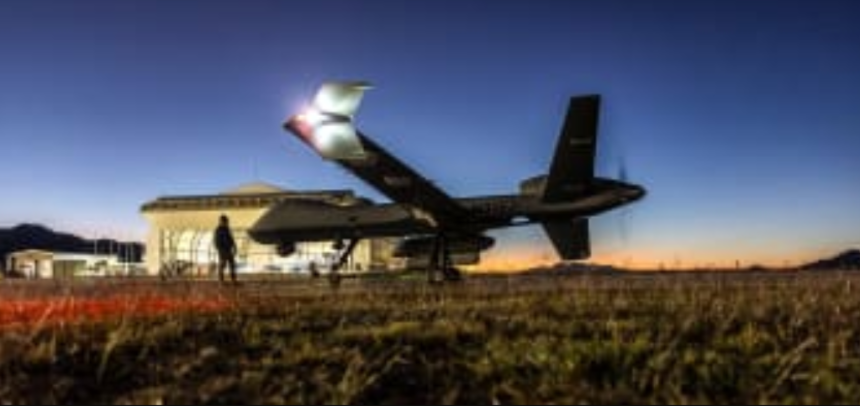Two government programs, one responsible for detecting chemical, biological, and nuclear weapons and the other for combating drones flying illegally in U.S. airspace, are set to expire on February 2 unless Congress acts.
The issue, according to officials supervising both programs at the Department of Homeland Security, is not that they are unpopular, but that their existence has been linked to acrimonious budget talks that frequently stretch into the 11th hour or even cause government shutdowns.
National security in the United States would be “significantly diminished” if they were forced to shut down or lose their power, they warned.
The Countering Weapons of Mass Destruction Office was established by the Department of Homeland Security in 2018 to identify weapons and deploy scanning equipment to state and local law enforcement. However, the statute that established the office only required it to operate until 2023. If the office closes, no funds will be available to design new scanning devices, educate law enforcement, and send security teams to ports of entry and big events like the Macy’s Thanksgiving Day Parade.
The CWMD office consolidated duties and authority formerly held by agencies like as Customs and Border Protection and the Transportation Security Administration. The office’s director, DHS Assistant Secretary Mary Ellen Callahan, said Congress would have to pass approximately a dozen new laws to return those powers to the agencies that possessed them before to 2018.
“The ability to detect chemical, biological, radiological and nuclear threats would be diminished significantly,” he stated.
The office was set to close on December 21 unless Congress issued a continuing budget agreement that included measures to keep it open until February 2. However, the danger to the office’s viability has already pushed some key personnel packing. According to Callahan, many of the scientists she employed have gone, with attrition increasing from 2 to 3% each year to 10% by 2023.
Furthermore, planning for large events such as the Super Bowl, which takes 18 months, is problematic if employees don’t know if their workplace will be open on Feb. 11, 2024, let alone New Orleans in 2025.
Callahan cited a recent example of her agency minimizing a concern when a police officer in Houston was alerted to radiation coming from a junkyard while wearing a meter given by her specialists. He contacted federal officials, who discovered unlawfully disposed of medical waste.
“I think it’s a really illustrative example of how getting training, technology and equipment out into the field to the first responders is really important,” Callahan said in an interview. She said that without her office, old equipment would not be replaced with new technology and would eventually become obsolete as threats emerged and equipment became damaged or outmoded.
Samantha Vinograd, Assistant Secretary for Counterterrorism and Threat Prevention, is in charge of the other vulnerable DHS program, which is entrusted with identifying and taking down illegally flying drones in US airspace. The necessity for such an agency, as well as the need to strengthen its jurisdiction, has lately been highlighted, according to Vinograd, as drones have disrupted college and professional football games and flown near airports and planes in flight.
Many additional authorities are given the right to identify and bring down drones, most typically by interrupting their transmission. It allows Customs and Border Protection to utilize that authority, for example, to bring down drones flying fentanyl across the US-Mexico border.
“If the (continuing resolution budget agreement) expires, if we don’t have some other renewal, all of that sunsets,” Vinograd went on to say. “So when we were about to have a government shutdown, we weren’t just shutting down the government, we were at risk of losing all of our CUAS (countering drone) technology.”
That means that if CBP sees a drone flying carrying fentanyl, they have no recourse, according to Vinograd. If the government Protective Service was present at a government building and observed a drone conducting surveillance, they had little recourse. If drones were found near the Super Bowl or the Thanksgiving Day Parade, federal agents would be powerless to intervene. The US Secret Service would be powerless to intervene if a drone flew too close to the president.














